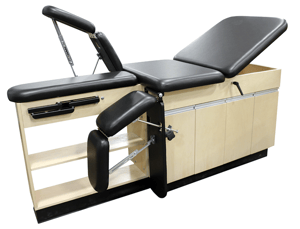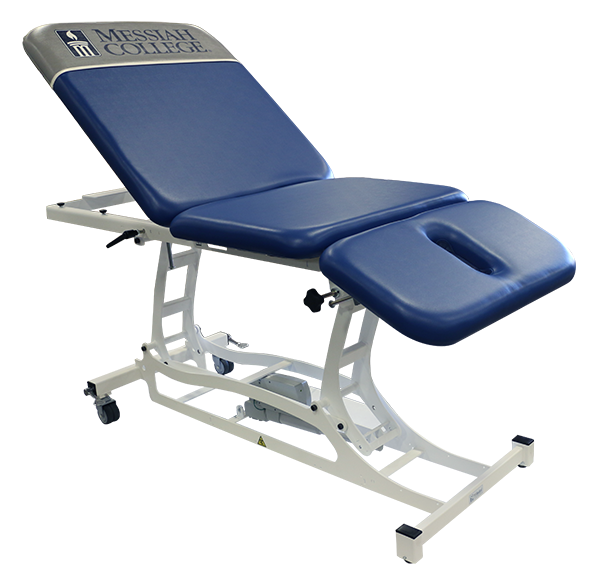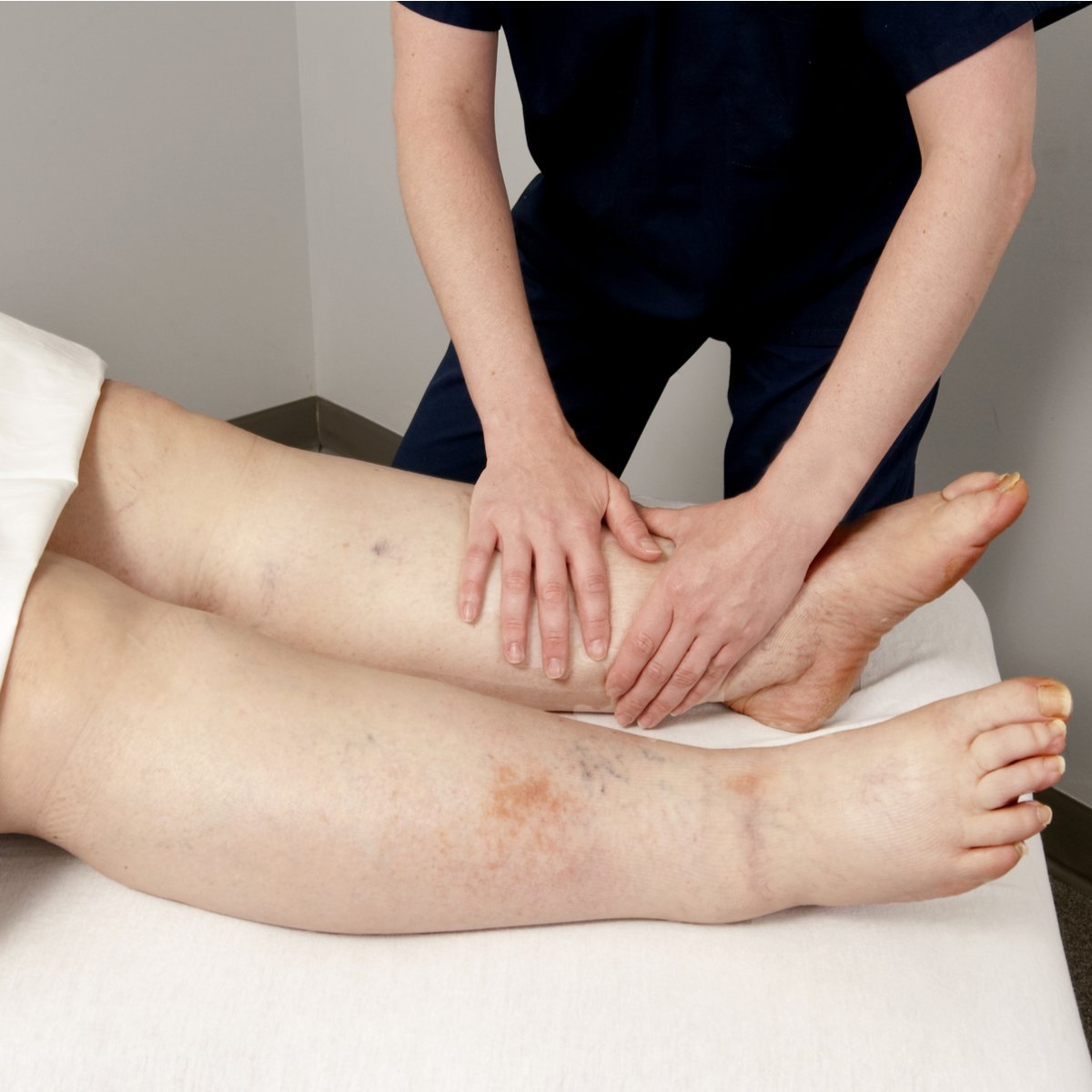This article was curated from Move Forward PT and written by APTA's Section on Women's Health and Oncology Sections; Patricia Ohtake, PT, PhD on October 13, 2011. The original article may be read here.
 |
| image via Shutterstock |
Do your patients suffer from Lymphedema in one or both arms/legs? Explore how physical therapy coupled with mindful treatment recovery cabinet selection can relieve pain and swelling and speed the return to daily activities.
Lymphedema is swelling generally in the arms or legs due to a blockage in the lymphatic system. Identifying and treating lymphedema early helps ensure faster and better outcomes, but even treatment later on, during the chronic stages of the disease, can still help.
What is Lymphedema?
The lymphatic system collects lymph (excess fluid, proteins, and other substances) from the body tissues and carries them back to the bloodstream. Lymph is moved slowly through lymphatic vessels and is passed through the lymph nodes. Swelling ("edema") may occur when the lymph increases in the body tissues. Lymphedema occurs when the normal drainage of fluid is disrupted by a blockage or a cut in the lymph nodes in the groin area or the armpit. Lymphedema can be a hereditary condition, but it's most commonly the result of blockages caused by infection, cancer, and scar tissue from radiation therapy or the surgical removal of lymph nodes.
Patients are at greater risk for lymphedema if they:
- Had surgical removal of lymph nodes in the underarm, groin, or pelvic region
- Received radiation therapy to the underarm, groin, pelvic region, or neck
- Have scar tissue in the lymphatic ducts, veins, or under the collarbones caused by surgery or radiation therapy
- Have cancer that has spread to the lymph nodes in the neck, chest, underarm, pelvis, or abdomen
- Have tumors in the pelvis, abdomen, or chest that involve or put pressure on the lymphatic vessels and/or the large lymphatic duct thereby blocking lymph drainage
- Have inflammation of the arm or leg after surgery
- Are older
- Have an inadequate diet or are overweight, as these conditions may delay recovery from surgery and radiation therapy and may increase the risk for lymphedema
How Can Physical Therapy Help?
Physical therapists serve as an important member of the health care team and work closely with the patient to design a treatment program to help control the swelling to meet treatment goals for returning to daily activities.
In the early stages of lymphedema, when the swelling is mild, it can often be managed by compression garments, exercise, and elevation of the affected limb to encourage lymph flow. For more severe swelling, the physical therapist may use a treatment called "complete decongestive therapy." The initial step often includes manual lymphatic drainage, which feels like a light form of massage and helps improve the flow of lymph from your arm or leg. This is followed by compression bandaging that helps to reduce the swelling. Therapists carefully monitor the size of the limb throughout treatment sessions.
Once the limb has decreased to the desired size, the physical therapist will help the patient begin to take over his or her own care by:
- Developing a safe and sensible exercise program that will increase physical fitness without unnecessarily straining your affected arm or leg
- Updating compression garments to ensure proper fitting, working with the patient to find the type of garment that best meets his or her needs
- Educating the patient about proper diet to decrease fluid buildup in tissues and skin care to reduce the risk of infection
Choosing the Right Treatment & Recovery Cabinet Can Speed Recovery
The Leg and Shoulder Treatment (LST) Cabinet supports bilateral treatment and specific anatomical positioning to achieve the desired results for patients, including 90 degree split leg elevation to promote circulation for the best results. The unique design of the CAB-100-LST allows for patient positioning and range of motion to perform a wide range of activities using one stable platform. To maximize the efforts of physical therapists, athletic trainers, and clinicians, this cabinet is a must for each rehabilitation practice or athletic training room.
 |
(LST) Leg & Shoulder Treatment Cabinet Standard Features:
|
The Athletic Edge and NormaTec developed the CAB-090N Treatment & Recovery Cabinet with the vision of “Empowering Excellence.” The NormaTec system enhances blood flow to speed recovery by dynamic compression, distal release and gradients and when combined with the expert design and versatility from Athletic Edge, physical therapists can deliver effective treatment to relieve Lymphedema symptoms.
Therapists can save time by storing the NormaTec system within arm’s reach empowering the patient to control treatment if needed, allowing the practitioner to multi-task. The boot rack and vented drawer minimizes setup time, storage, and clutter. Custom designed for NormaTec’s PULSE Series Recovery Systems with the high quality and superior craftsmanship of The Athletic Edge tables, the new CAB-090N Treatment and Recovery Cabinet offers innovative features. NormaTec recovery system not included.
.jpg?width=315&name=CAB-090N-(Liftback-Split%20Leg-oak%20wood).jpg) |
 |
More Treatment Alternatives
With six table configuration options, the THERA-P Electric Treatment Table offers a versatile solution to treat Lymphedema. The Lower extremity angle ranges from 0 to 65 degrees to accommodate changes in elevation. Constructed of precision-cut flat and tube steel for durability and style, the THERA-P table also offers a whisper quiet lift system with an elevating foot pedal that allows for better ergonomics and comfortable patient positioning.
 |
 |
|
THERA-P Electric Treatment Table
|
Standard Features:
|




